Today, we will talk about a fictional life form from one of the most beloved first-person shooter franchises ever, Halo! For those unfamiliar with Halo, no worries, that’s what we are here for!
Bungie’s Halo is a military science fiction video game and media series. The franchise’s fundamental premise is based on the adventures of Master Chief, a member of a squad of super-warriors known as Spartans, and his artificial intelligence partner, Cortana.
The first trilogy is about a galactic battle between humanity and an extraterrestrial coalition known as The Covenant. The Covenant, headed by religious leaders known as Prophets, worships an ancient civilization known as the Forerunners, who died in defeating the parasitic Flood.
We will be talking about this Parasitic Life Form in today’s video. So, fasten your seat belts, because this can be a bumpy ride!
Who are the Flood?
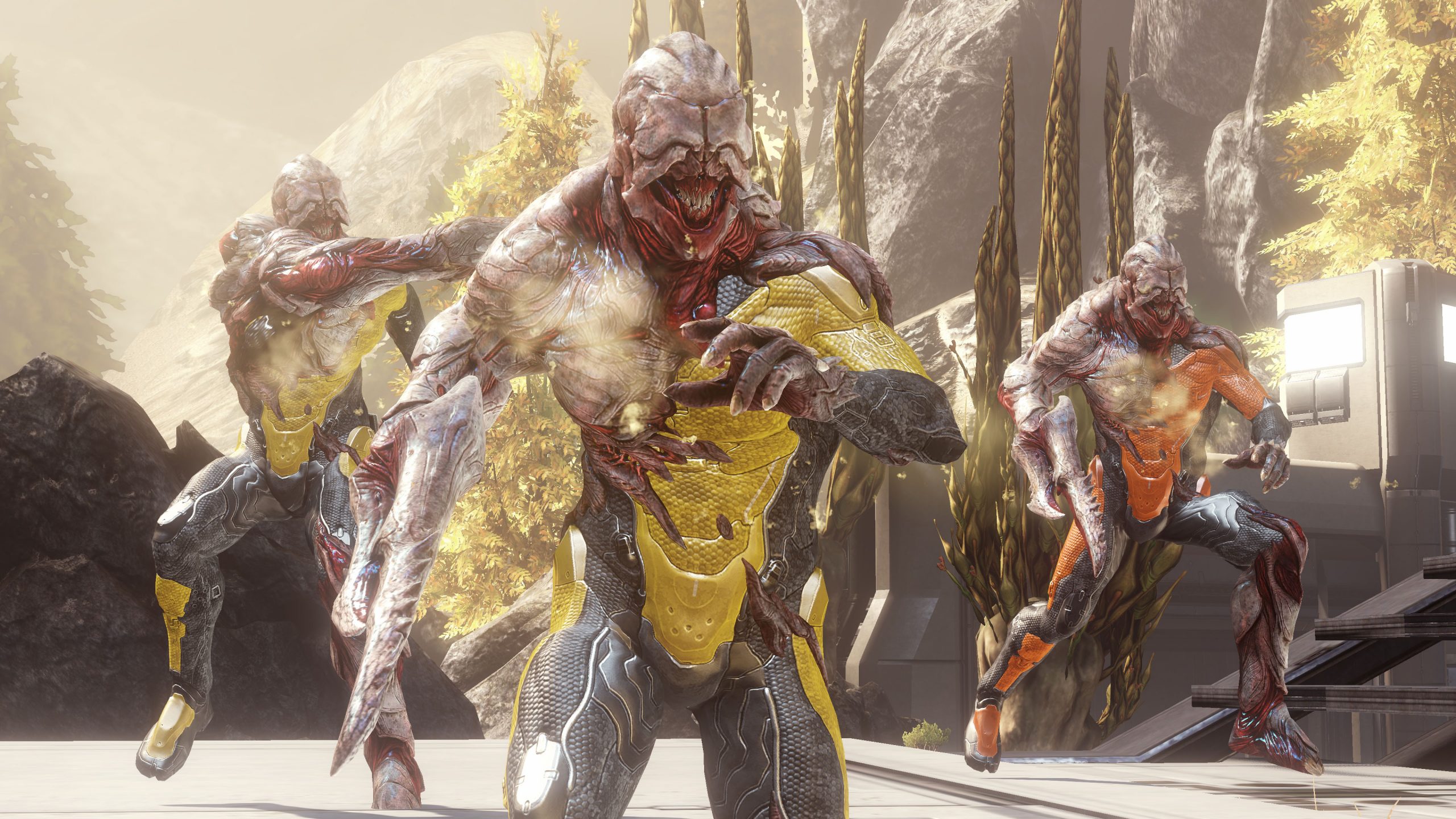
The Flood is a fictional parasitic alien form of life and one of the Halo multimedia franchise’s main villains. It was first shown in the 2001 video game Halo: Combat Evolved, and later reappeared in Halo 2, Halo 3 and Halo Wars. The Flood seeks to infect any sentient life of sufficient size. Flood-infected species, often known as Flood, can infect more hosts. The parasite is portrayed as such a menace that the ancient Forerunners built artificial ringworld superweapons known as Halos to control it and, as the last option, to destroy all sentient life in the galaxy in an attempt to starve the Flood.
After the Chief and the crew of the UNSC Pillar Of Autumn mistakenly unleash them on the galaxy, these body-snatching aliens exploit the reanimated and deformed husks of humans and Covenant Elites alike to fight a war of horror on the cosmos and it turns out that this apparently endless alien swarm has a lot longer and more profound history than most people who only touch the surface of Halo that the games will see.
The Flood have existed for a long time. They were first sighted in the Milky Way galaxy 10,000 years before The Forerunner-Flood battle that spanned whole galaxies. They’re an extraterrestrial race that utilizes the dead to increase their ranks, borne from a parasite. When enough of them assemble, they can become a Gravemind, which employs a hivemind to govern lower Flood forms to carry out enormous designs and astonishingly effective tactical assaults and interplanetary campaigns. They may infect both Humans and Covenant.
So how were they created? At first, nothing was known about The Flood’s origins. Still, it was found in the Halo book volumes Cryptum and Primordium and also through various terminals in Halo 3 that they were initially an ancient race known as The Precursors.
These Lovecraftian monstrosities were powerful creatures capable of crossing galaxies in seconds and establishing life on innumerable worlds. They felt that spreading life wherever they went was necessary for the galaxy’s survival. They produced The Forerunners, who eventually became too proud and rebelled against them. After a massive civil war between the two, The Precursors were presumably vanquished and obliterated from the cosmos forever.
On the other hand, some of The Precursors had managed to live by either hiding and hibernating or, in most cases, turning themselves into a cloud of fine dust to stay alive and wait their time. Unfortunately, putting themselves in this state drove most of them mad. Anyone unfortunate enough to inhale or mistakenly absorb this dust suffered from rampant sickness and mutation as The Precursors’ demented minds took control. This ancient species was resurrected as The Flood throughout time.
Flood’s Biology
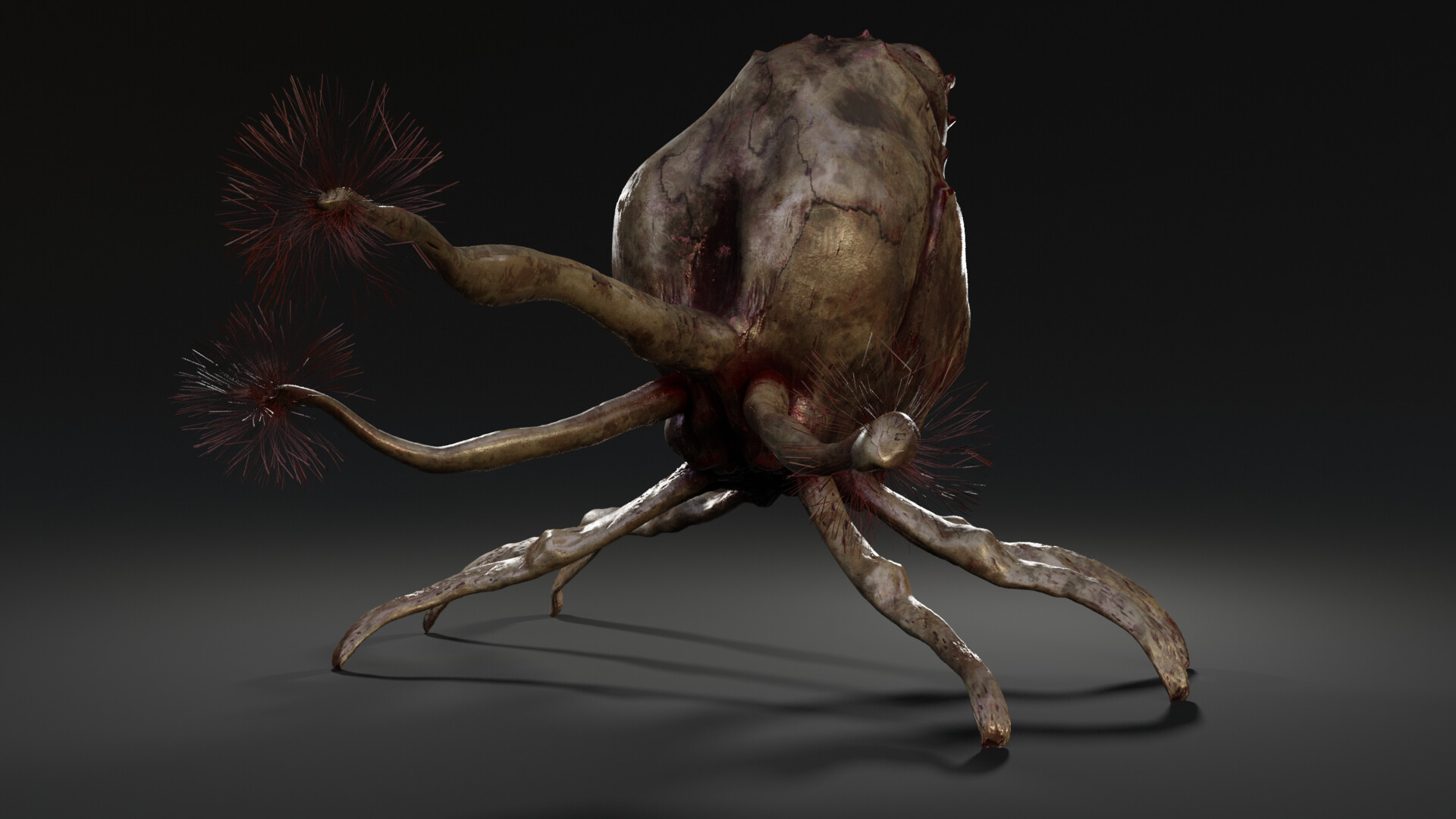
The Flood, a virulent parasitic species, is an outlier in all of biology and everyday life. This might be due to the fact that it is a species that came from another galaxy. It is incredibly adaptable, mutating hosts through many stages of rapid evolution, in which the body of biomatter accelerates its own development to the point of enormous biological breakdown, allowing infection to occur.
The species may reproduce without the need for host bodies. However, this is only done by pure Flood forms as a last-ditch effort. Infestation and absorption of other species is the only known mechanism for the Flood to reproduce and survive. They do this by lysogenic replication, a kind of cellular reproduction in which viral cells infect host cells with their own genetic code, transforming the host cells into viral forms.
The Flood appears to be capable of infecting any living body. However, they favour hosts with huge brain capacities in order to hasten the establishment and spread of the Gravemind hive intellect and the Flood intelligence as a whole. They’re only as bright as the people they infect. Therefore, the cleverer the opponent, the more dangerous the Flood will be.
The Flood can resist the harsh environment of all known inhabited worlds, sustaining high temperatures ranging from -75 to +53 degrees Celsius and even underwater pressure in its early stages of existence.
As the Flood spreads and multiplies, the environment will be altered to fit their demands better. This manifests itself as biomass sprouting on any available surface and spores filling the air. It appears to be an automatic element of the Flood life cycle, and it leads to the formation of both a Gravemind and a Flood Hive.
The Flood appears to flourish in damp and humid environments, which explains why the Quarantine Zone is devoid of organic life and is chilly and perennially snowy, preventing the Flood from spreading.
What makes The Flood a formidable opponent?
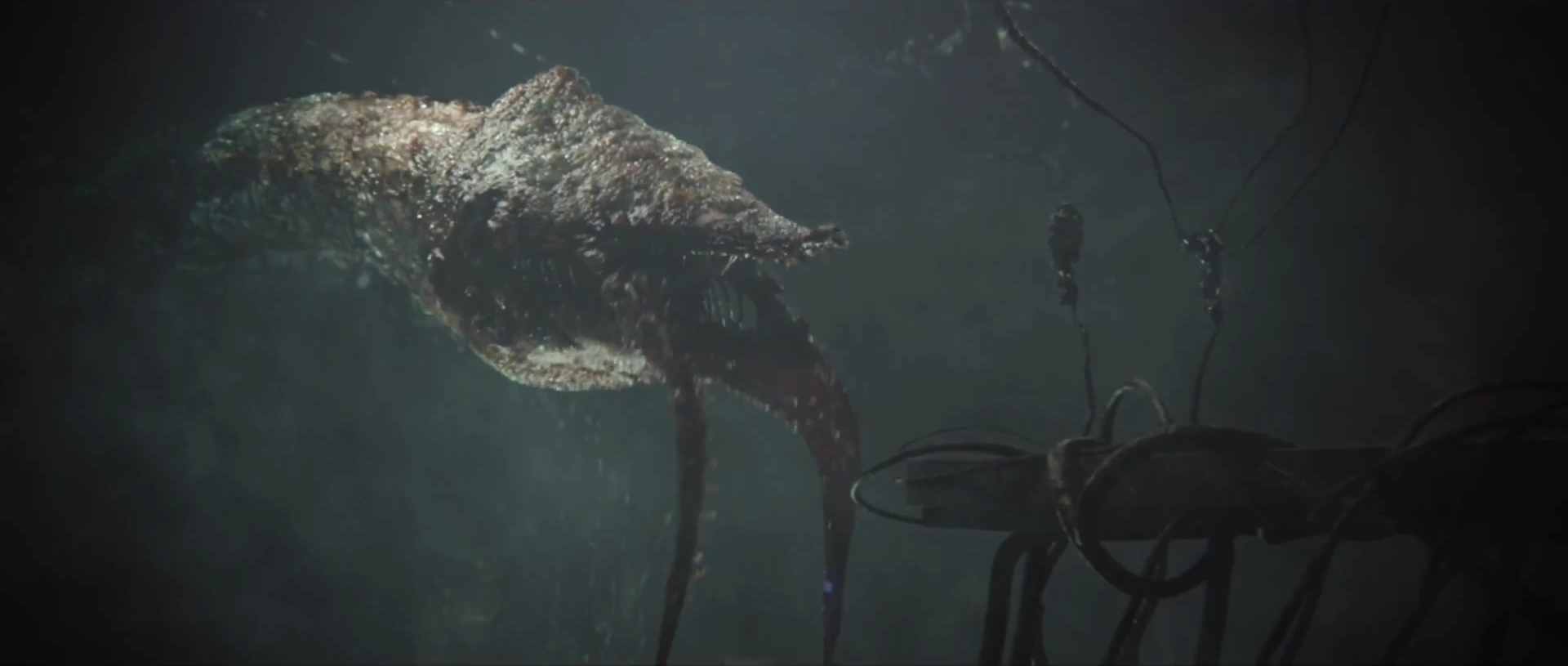
The Flood’s tactic is simple: they attack potential hosts in large numbers, using any and all weapons at their disposal. Flood tactics are essentially centered on asymmetrical warfare, in which the Flood employs all of its various forms to eliminate any adversary it encounters. Infection forms swarm in waves over the battlefield, reanimating any corpse they come across, while Combat forms strike and destroy any host they encounter.
Stalker forms go to key places and transform into Tank or Ranged conditions, which can destroy opposing vehicles or fortifications or offer to suppress fire from a distance, if present. The Flood enjoy close-range fighting- combat forms have powerful melee strikes that can reduce a Spartan-II Mjolnir armor’s shields to half-power with a single blow of their tentacles. Carrier forms do massive amounts of damage at close range.
Their explosions are destructive to both allies and opponents, with the added bonus of dispersing infection forms in the area. Infection forms can only strike at point-blank ranges, bursting in destructive blasts when they come into contact with an opponent’s personal energy shield or instantaneously grasping and infecting an unshielded hostile organism. Combat forms can utilize firearms as well. However, they have only ever been observed holding them in one hand; it doesn’t matter whether the weapon is one-handed or two-handed.
On the other hand, combat forms struggle with ranged weapons. It’s thought that the neurological effects of Flood infection reduce accuracy and weapon recoil when carried in one hand. On the other side, the Flood are extremely good with large weapons like the M19 Rocket Launcher and the M90 Shotgun, but are rather inept with close-quarters weapons like the Energy Sword. A Flood wielding an Energy Sword, on the other hand, has the potential to kill a fully protected Sangheili or Spartan in a single hit.
Flood Combat forms have been seen operating Ghosts, Warthogs, Wraiths, and Scorpions in ground operations, but with awkward driving and precision. Despite their weak combat ability and coordination, the Flood exhibits an unusually high level of intellect. Even if just one member of a species is absorbed, the Flood as a whole learns any general information it has.
The Different Flood Forms
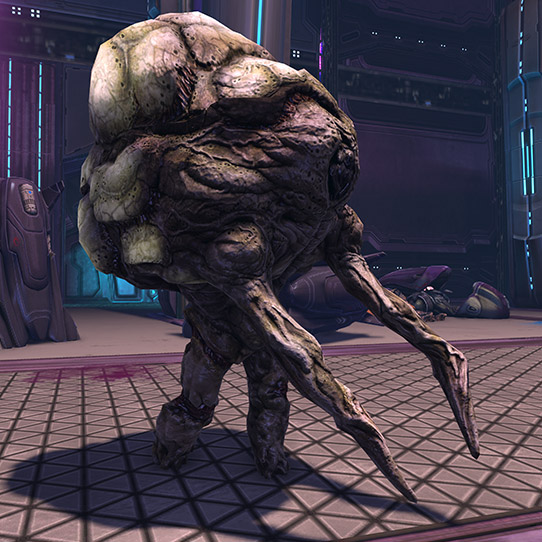
The Flood has evolved into various forms due to evolution, mutations in diverse living conditions and Gravemind manipulation. Each plays an essential role in the struggle to reshape the galaxy, albeit some are more powerful than others.
There are 24 forms of Flood in the Halo World- starting from Spores, which is the basic level of Flood, to Tadpoles to the more powerful Juggernaut, Abomination, and, of course, Gravemind. The Gravemind is the Flood’s most potent form. It comprises numerous Key Minds that work together to make a highly functional organism. It is very intelligent, resourceful, clever and can grow to encompass a whole planet using the knowledge of all hosts utilized in its birth. It leads massive armies and has the ability to capture foes and break open starships to take control of their systems. Pretty neat, right?
There is also a form known as Proto-Gravemind. These forms draw on the intellect of the hosts from whom they were born. When there is enough biomass in the Flood, it forms a brain or Proto-Gravemind. It enables the Proto-Gravemind to offer military leadership to the Flood and control technology to the point of commanding UNSC or Covenant starships. It has no fighting capability, but it can protect itself with a tiny army of Flood who act in unison.
Where are they featured?
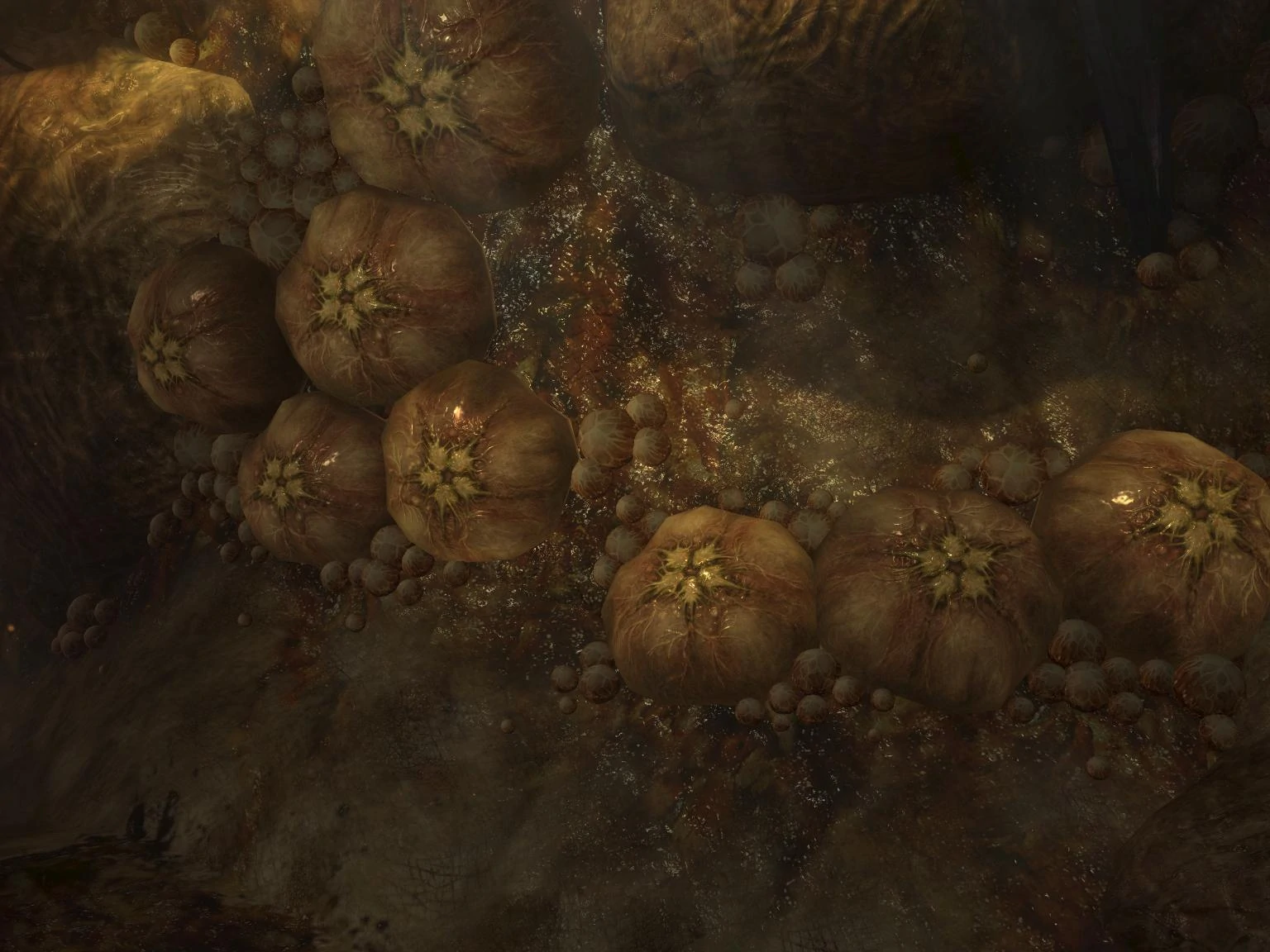
The Flood initially appear in Halo: Combat Evolved during the primary mission “343 Guilty Spark,” more than halfway through the game. And what a scary surprise it was… because till then, you were worrying about elite Covenants and Hunters, so these parasitical, almost zombie-type life forms will surely give you many jump-scares and anxiety. The Flood reappears in Halo 2 on the “Delta Halo” ring. In the Halo 3 mission “Floodgate,” the Flood emerges on board a crippled spacecraft that manages to breach the quarantine around Delta Halo. They also feature in the Halo Wars and Halo Wars 2 video game spin-offs.
Apart from games, they also make multiple appearances in many Halo graphic novels.
The scope of the mythology is quite remarkable. There’s a lot to read and understand about the Halo universe’s beginnings. Do like our video if you genuinely want to understand all that’s happening in the Halo video games. Maybe we will make part 2 of this video if you guys really want.
That’s it for this one, guys. If you enjoyed the video, please share and like it; let us know what other game characters’ bio you want us to talk about in the comment section. See you in the next one.
